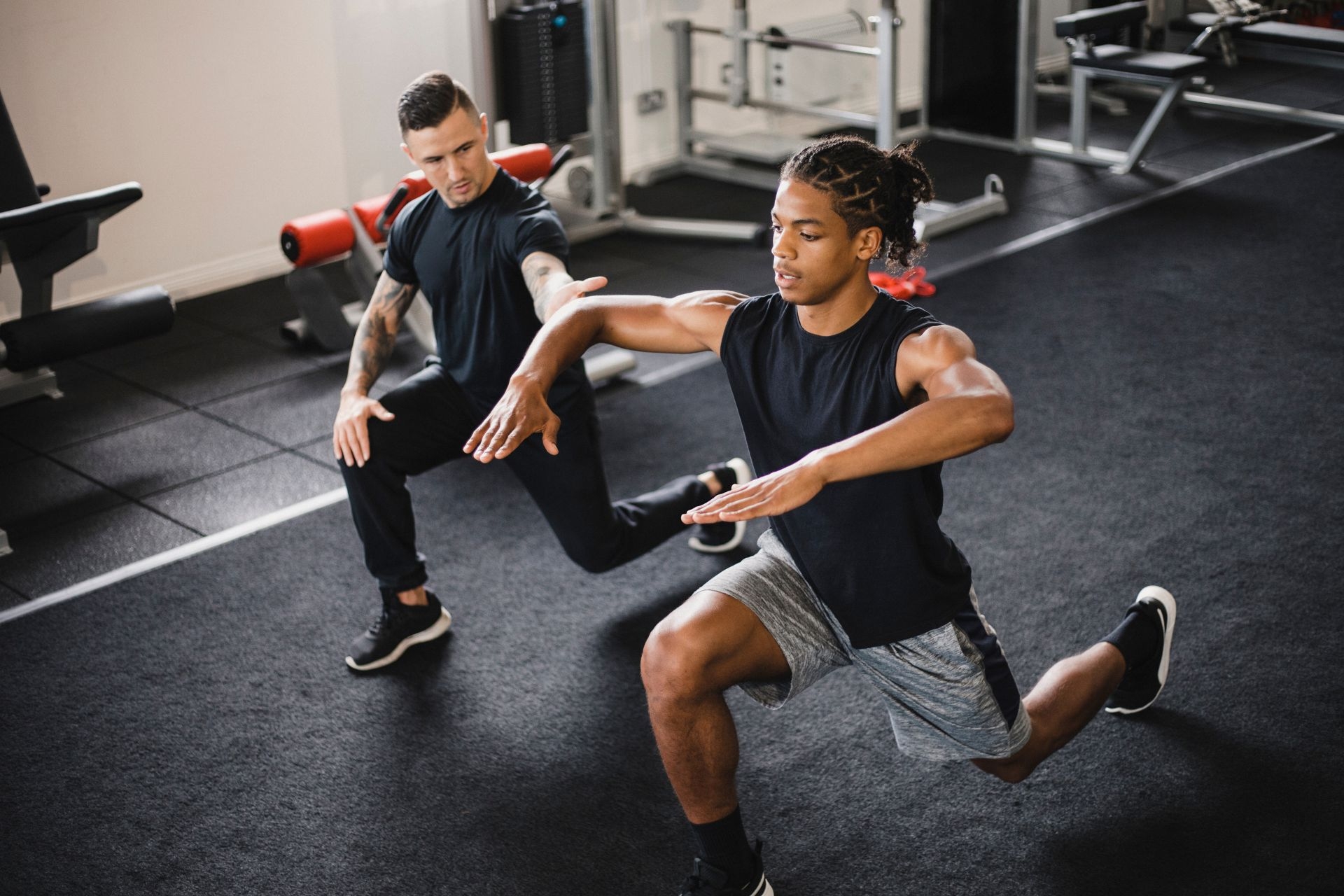Kinesiology Taping
How does kinesiology taping help with muscle activation and support during physical activity?
Kinesiology taping helps with muscle activation and support during physical activity by providing a gentle, yet constant, stimulus to the skin and underlying muscles. This can help improve blood flow and proprioception, leading to enhanced muscle recruitment and performance. The tape's elasticity allows for a full range of motion while still providing support to the muscles, aiding in proper movement patterns and reducing the risk of injury.
Musculoskeletal Assessment and Physical Therapy



